When it comes to search engine optimization (SEO) and digital marketing, long tail keywords play a crucial role in driving targeted traffic to your website.
These search phrases, typically consisting of three to five words, offer a more specific and targeted approach compared to broad terms.
Understanding the importance of long tail keywords and how they work can significantly impact your website's visibility and conversion rates.
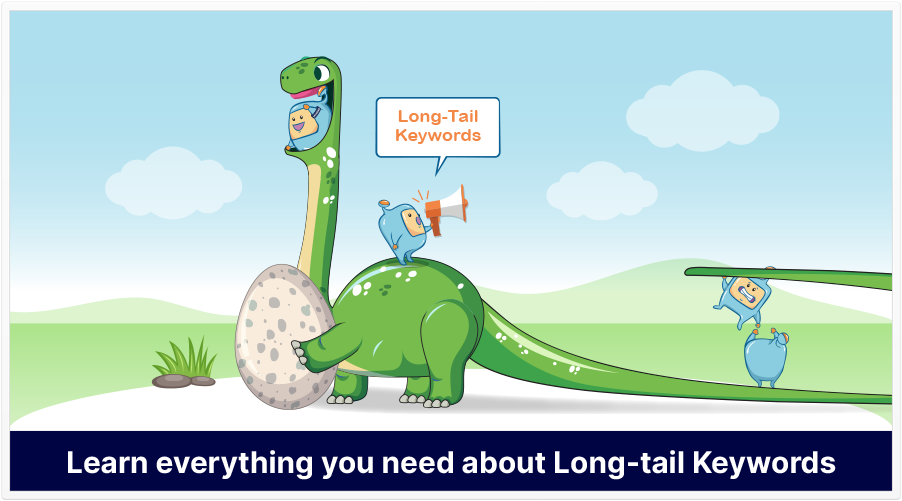
In this article, we will explore the benefits of using long tail keywords, strategies to find them, and techniques to analyze and improve your long tail search strategy.
Additionally, we will discuss the value of long tail keywords for pay-per-click (PPC) campaigns and how to boost your paid search traffic effectively.
So, let's delve into the world of long tail keywords and discover how they can amplify your online presence and drive valuable traffic to your website.
Here is what you will read in this article:
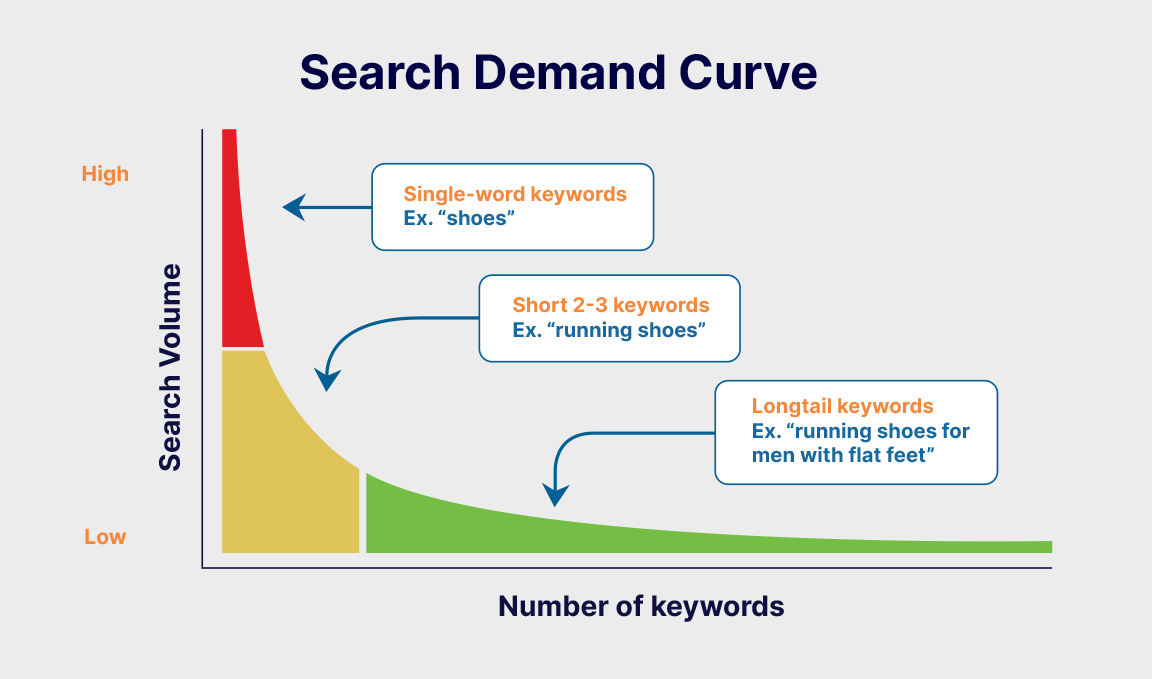
Long tail keywords are search phrases made up of three to five words that are more specific and targeted than broad terms.
They help you target niche populations and attract high-quality visitors to your website.
Unlike generic keywords, long tail keywords are designed to reflect how individuals make searches, making them less competitive.
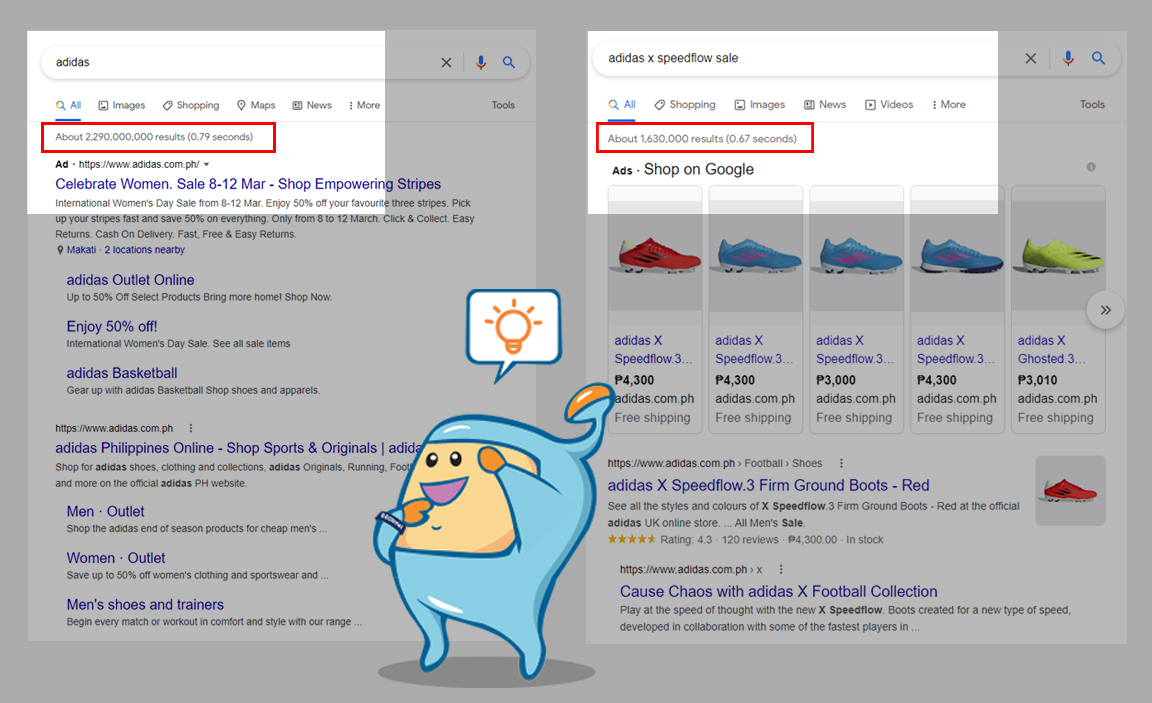
Long tail keywords are important because they allow you to rank higher in search engine results pages (SERPs) and attract relevant traffic.
As a customer's search journey progresses, they tend to use more specific search queries, which is where long tail keywords become increasingly significant.
Longtail keywords work by matching the specific queries of users, leading them to more relevant search results.
For example, someone searching for "Adidas x speedflow sale" is more likely to find specific images, websites, or information related to their query.
Compare this to someone searching for a broad keyword like "Adidas" that would yield billions of results.
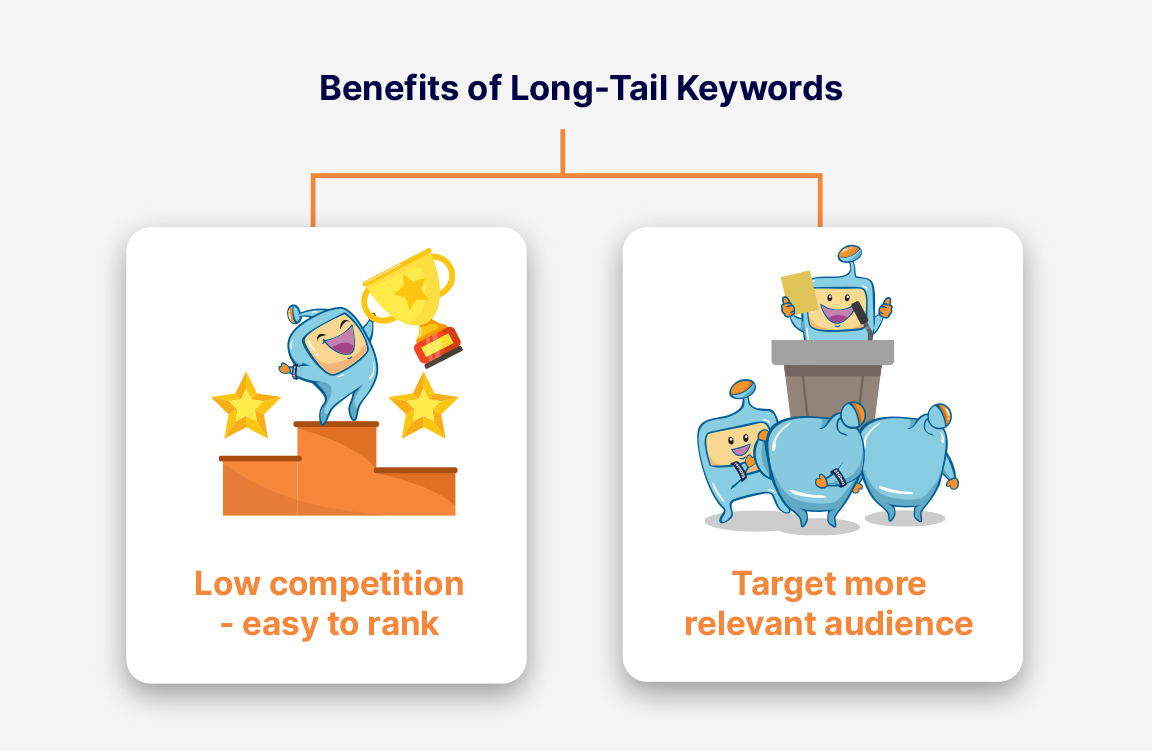
Using long-tail keywords in your SEO strategy offers several significant benefits that can contribute to the success of your website and online presence.
Let's explore some of the key advantages:
Long-tail keywords are more specific and targeted than generic keywords, which often have high search volumes.
By focusing on long-tail keywords, you can tap into a niche market with fewer competitors vying for the same keywords.
This lower competition makes it easier for your content to rank higher in search engine results, increasing your visibility and attracting relevant traffic.
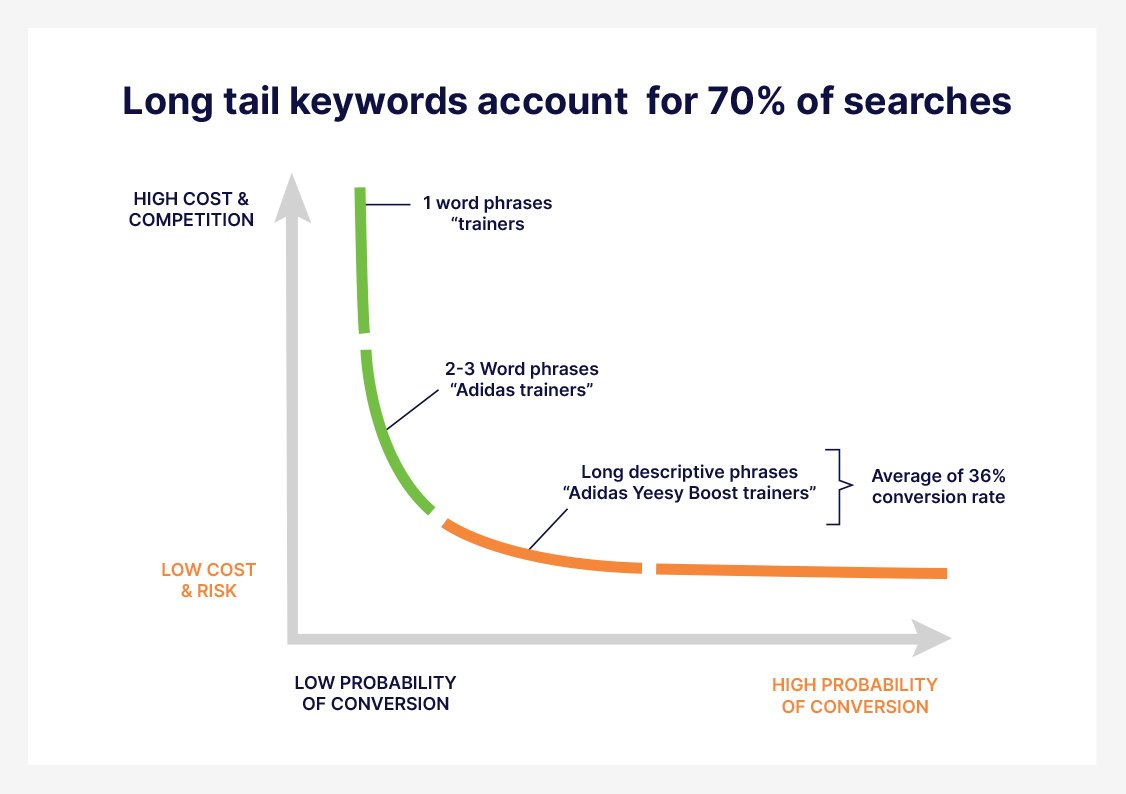
In paid search campaigns, targeting long tail keywords with lower competition can result in lower costs per click (CPC).
Bidding on less competitive keywords reduces the cost of paid search campaigns and allows you to maximize your budget.
Long-tail keywords are typically used by users who have a clear intention or specific need.
By targeting these specific search queries, you can attract visitors who are further along in their buyer's journey and more likely to convert into customers.
Long-tail keywords allow you to connect with users who are actively looking for the exact product, service, or information you offer, resulting in higher conversion rates.
Long-tail keywords enable you to align your content more precisely with the search intent of your target audience.
By creating highly relevant and specific content that addresses their needs, you can provide a better user experience.
When users find your content valuable and relevant to their queries, they are more likely to engage with your website, spend more time exploring it, and potentially convert.

Long-tail keywords may have lower search volumes individually, but when combined, they can generate a significant amount of organic search traffic.
As you optimize your content for multiple long-tail keywords, you broaden your reach and increase the chances of capturing a diverse range of relevant visitors.
This organic traffic can lead to sustained growth and provide a solid foundation for your website's success.
Long-tail keywords often include short-tail keywords as part of their phrases.
By focusing on long-tail keywords and achieving high rankings for them, you also have the potential to rank well for the corresponding short-tail keywords.
This dual benefit allows you to gain visibility for both specific, long-tail searches and broader, high-volume searches, expanding your reach across various search queries.

With the rise of voice search and conversational queries, long-tail keywords have become even more crucial.
Voice search queries often mimic natural language patterns and tend to be longer and more specific.
By incorporating long-tail keywords into your content, you can optimize for semantic search and capture the attention of voice search users who are seeking direct answers or solutions.
Finding the right long tail keywords for your website is a critical step in optimizing your content and attracting the right audience.
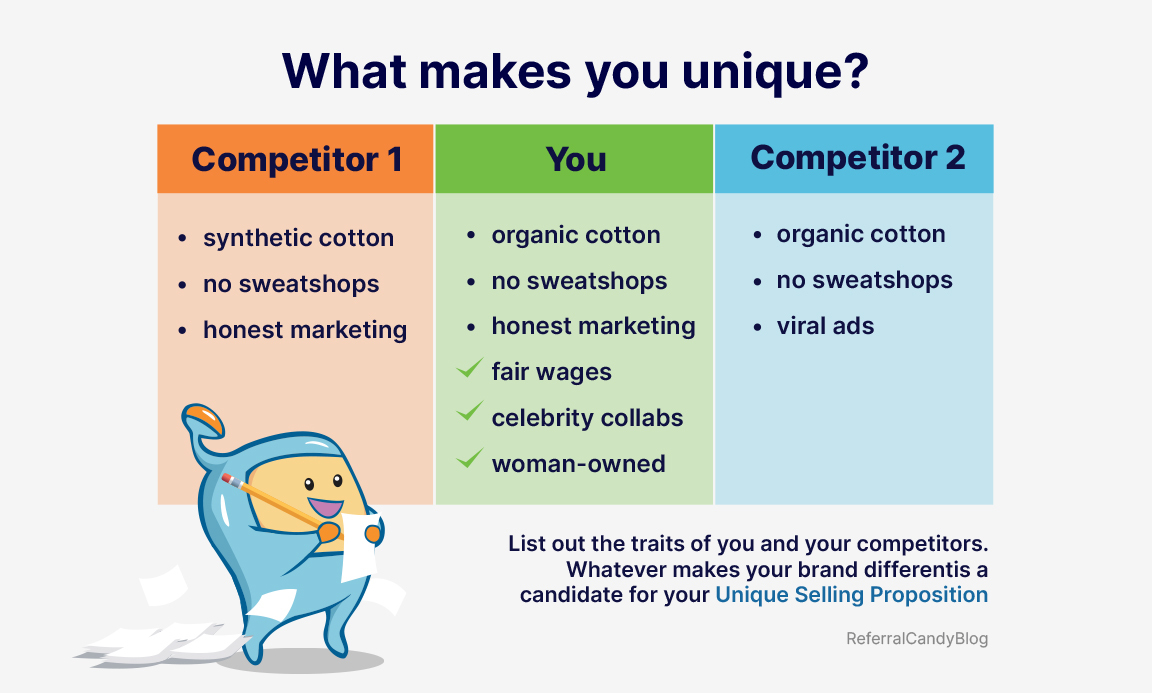
Here are some effective strategies to help you uncover relevant long tail keywords:
Understanding your unique selling proposition (USP) is essential when searching for long tail keywords.
Your USP sets you apart from competitors and highlights the unique value you offer to your target audience.
Take some time to analyze what makes your product or service different and appealing to customers.
This knowledge will guide your keyword research and help you identify long tail keywords that align with your USP.
To find the right long tail keywords, it's crucial to have a deep understanding of your target audience's needs and desires.
Put yourself in their shoes and think about the specific questions they might have related to your industry or niche.
Conduct market research, engage with your audience on social media platforms, and gather feedback to gain insights into their pain points and interests.
By understanding their search intent, you can tailor your content and identify long tail keywords that directly address their queries.
There are several places where you can find long tail keywords to enhance your content and SEO strategy.
Here are some common sources:
These tools provide insights into search volume, competition, and related keywords, helping you discover long tail keyword opportunities.
These suggestions are based on popular search queries and can give you ideas for long tail keywords.
Additionally, scroll down to the bottom of the search results page to find the "Searches related to..." section, which provides related long tail keyword suggestions.
Pay attention to the questions and discussions happening within these platforms.
Users often express their needs and queries, which can serve as inspiration for long tail keywords.
Look for specific phrases or questions that customers use to describe their needs or problems.
These insights can help you identify long tail keywords that address those specific concerns.
This data can uncover long tail keywords that are already driving traffic to your site.
Explore their websites, blogs, and social media profiles to identify the long tail keywords they are targeting.
This can provide you with valuable insights and inspiration for your own keyword strategy.
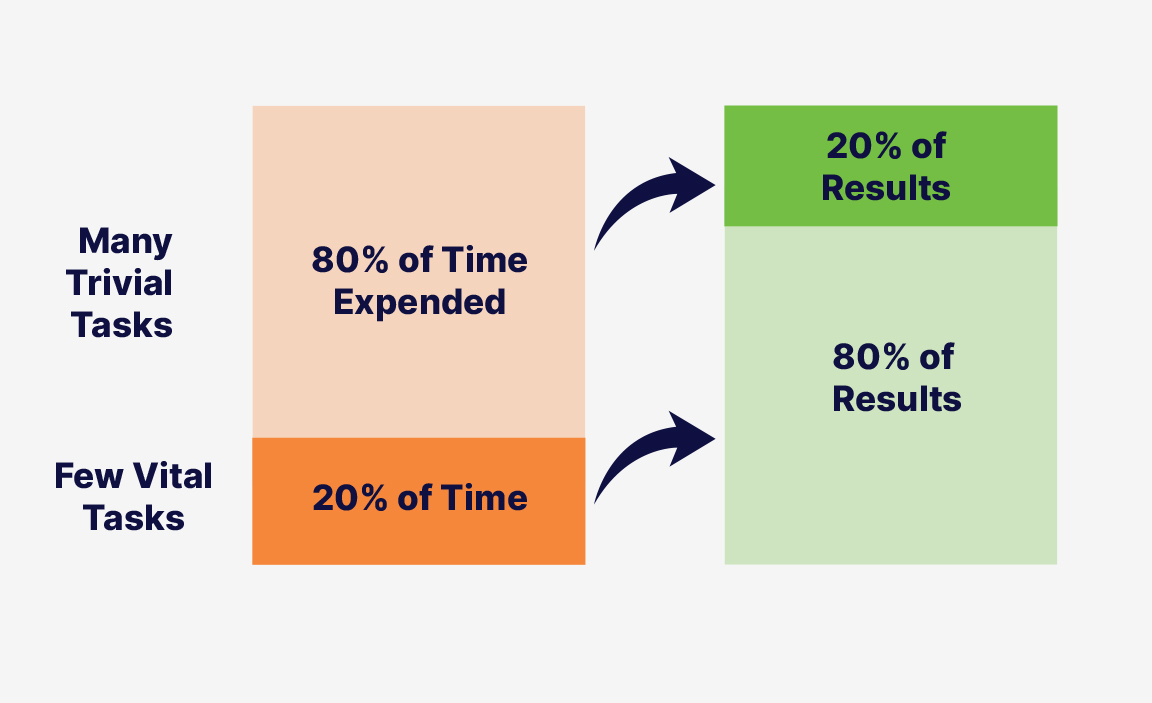
Start with the 80/20 rule, focusing on the long tail keywords that will have the most impact.
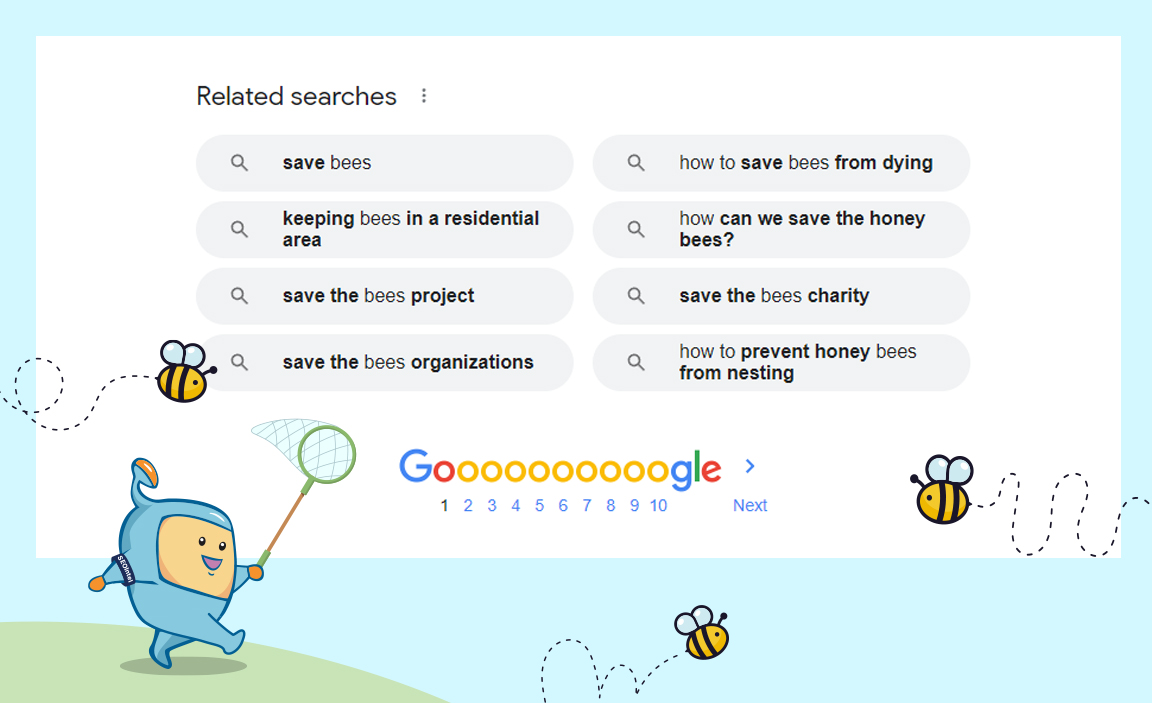
Use Google's "Searches Related to..." feature and tools like Answer The Public to generate long tail keyword ideas.
Additionally, explore relevant blog posts, forums, and boards to gather insights and discover potential long tail keywords.
Understanding search intent is crucial for creating content that targets specific questions and converts visitors into customers.
Organize your keywords by topics and identify search intent topics that align with your target audience's needs.
Incorporate long tail keywords into your content and measure the traffic and performance of these keywords.
Adjust your strategy based on the results and optimize your content accordingly.

Long tail keywords are valuable for pay-per-click (PPC) campaigns as they offer less competition and higher relevance.
Utilize long tail keywords in your PPC campaigns to attract more qualified traffic and improve your ROI.
Segment your campaigns to target long tail keywords with sufficient search volume and use relevant visuals in your ads to enhance their effectiveness.
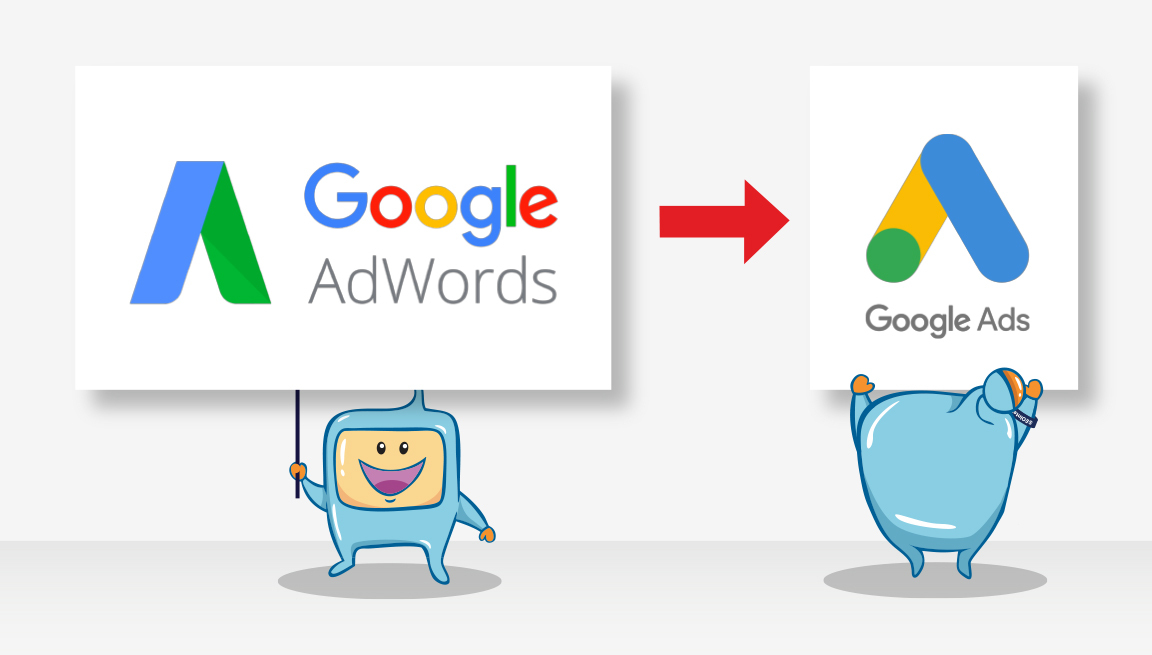
To maximize the benefits of long tail keywords in paid search, ensure their relevance to your campaigns.
Use keyword planner tools to identify long tail keywords with sufficient search traffic.
Create separate campaigns for long tail keywords and general head keywords to cover all relevant searches.
Continuously monitor and optimize your campaigns to capitalize on long tail keyword opportunities.
Long tail keywords offer numerous advantages for your website and marketing strategy.
By targeting specific search queries, you can attract more relevant traffic, increase conversion rates, and optimize your content for semantic and voice searches.
Finding long tail keywords involves understanding your unique selling proposition, identifying your target audience's needs, and utilizing free research tools.
Analyzing and improving your long tail search strategy allows you to refine your content and maximize its impact.
In paid search, long tail keywords provide opportunities for lower costs, higher relevance, and increased conversion rates.
Incorporate long tail keywords into your SEO and PPC efforts to enhance your online visibility and drive valuable traffic to your website.